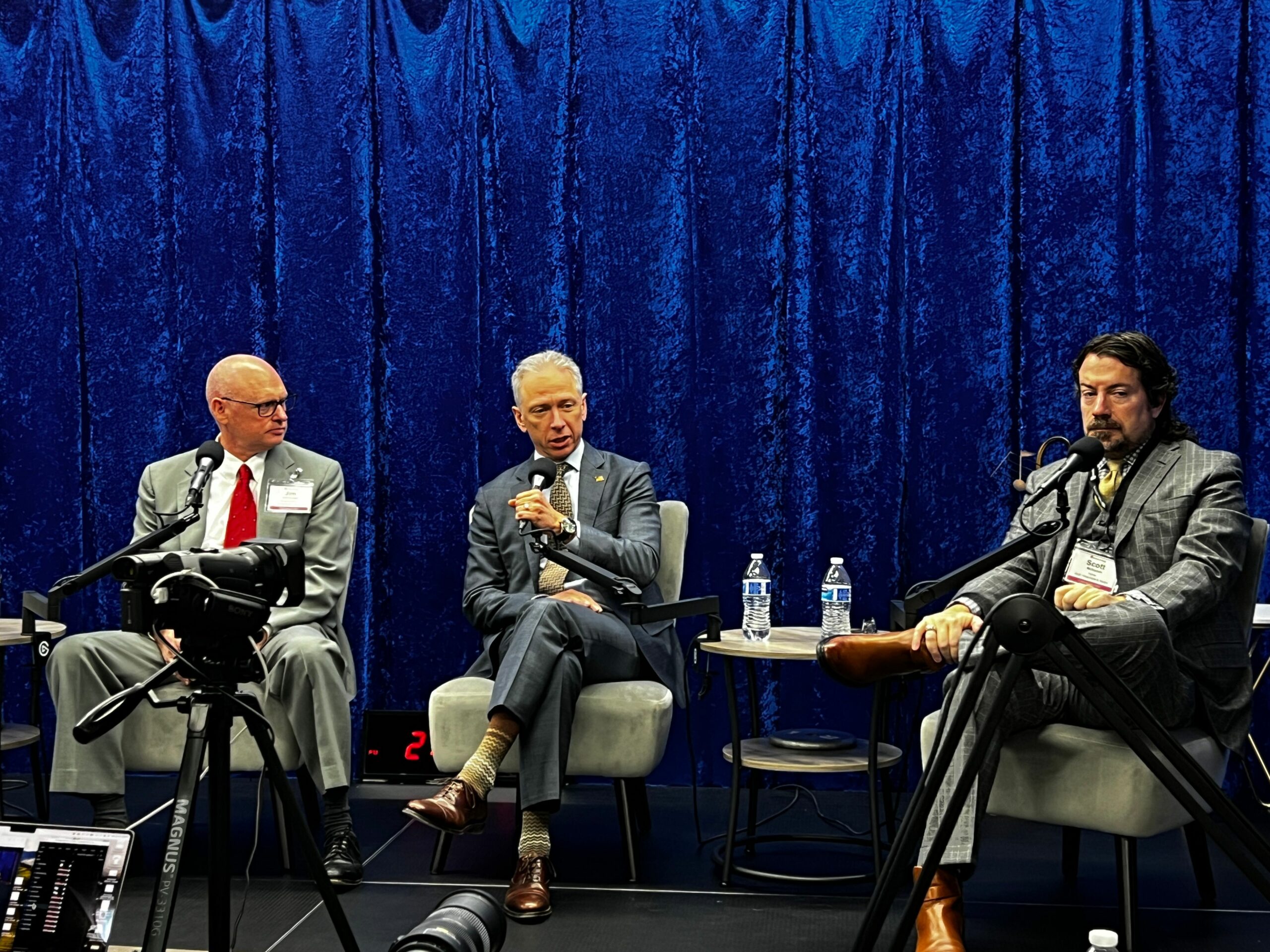Patent Poetry: Federal Circuit Finds No Motive to Combine in Laser Projector Patent Case | AEON Law
Federal Circuit:
Obviousness is based on
Motive to combine
The Federal Circuit has reversed a finding by the Patent Trial and Appeal Board (PTAB or Board) that certain challenged claims of a patent for a method for aligning a laser projector with respect to a work surface are unpatentable and affirming a finding that certain other claims of the patent are not unpatentable.
The case is Virtek Vision Int’l ULC v. Assembly Guidance Sys., Inc.
Virtek owns a patent for an improved method for aligning a laser projector with respect to a work surface.
As the court explains,
Lasers are often used to project a template image onto a work surface to direct manufacturing processes. … To accurately project the template onto a three-dimensional work surface, there must be “precise calibration of the relative position between the work surface and the laser projector.” … . In other words, the laser projector must be aligned. In the prior art, laser projectors would be aligned “by locating reflective targets on the work surface, measuring the target coordinates relative to a three-dimensional coordinate system of the work surface, and then locating the position of the projector relative to the work surface.” …. This scanning process is periodically stopped “to check for variation in the projected pattern location due to a change in the position of the projector relative to the tool.” … If any variation is detected, the targets are relocated and the laser projector must be realigned, rendering the process “slow and inefficient.
The patent discloses an improved two-part alignment method. In the first step, a secondary (non-laser) light source flashes a light onto the work surface to determine the pattern of targets on the work surface, and in the second step, a laser beam scans the targets as directed by the identified pattern and calculates the precise location of the targets to direct the laser projector where to project the laser template image.
Aligned Vision petitioned for inter partes review (IPR) of all claims of the patent, asserting unpatentability due to obviousness in light of prior art.
The Board issued a final written decision holding some claims unpatentable and other claims not unpatentable.
Both parties appealed.
Virtek argued that the Board erred in finding that there was a motivation to combine certain prior art references. Claim 1 of the patent requires “identifying a pattern of the reflective targets on the work surface in a three dimensional coordinate system.”
Neither of the prior art references disclosed a 3D-coordinate system. Instead, each discloses determining an angular direction of each target.
The Board found that combining these references to produce the invention at issue would have been obvious, but the Federal Circuit disagreed.
The court concluded that the PTAB erred on the motivation to combine.
It does not suffice to meet the motivation to combine requirement to recognize that two alternative arrangements such as an angular direction system using a single camera and a 3D coordinate system using two cameras were both known in the art. Briggs discloses a laser projector system with different embodiments of laser tracker systems—one that uses two cameras to determine the 3D coordinates of a target, … and another that uses one camera to determine angular measurements of a target,… . Briggs discloses these two measurement options “may be applied to any computer controlled aiming system.” … These disclosures, however, do not provide any reason why a skilled artisan would use 3D coordinates instead of angular directions in a system.
The court noted that “[O]bviousness concerns whether a skilled artisan not only could have made but would have been motivated to make the combinations or modifications of prior art to arrive at the claimed invention.”
Just like the haiku above, we like to keep our posts short and sweet. Hopefully, you found this bite-sized information helpful.






